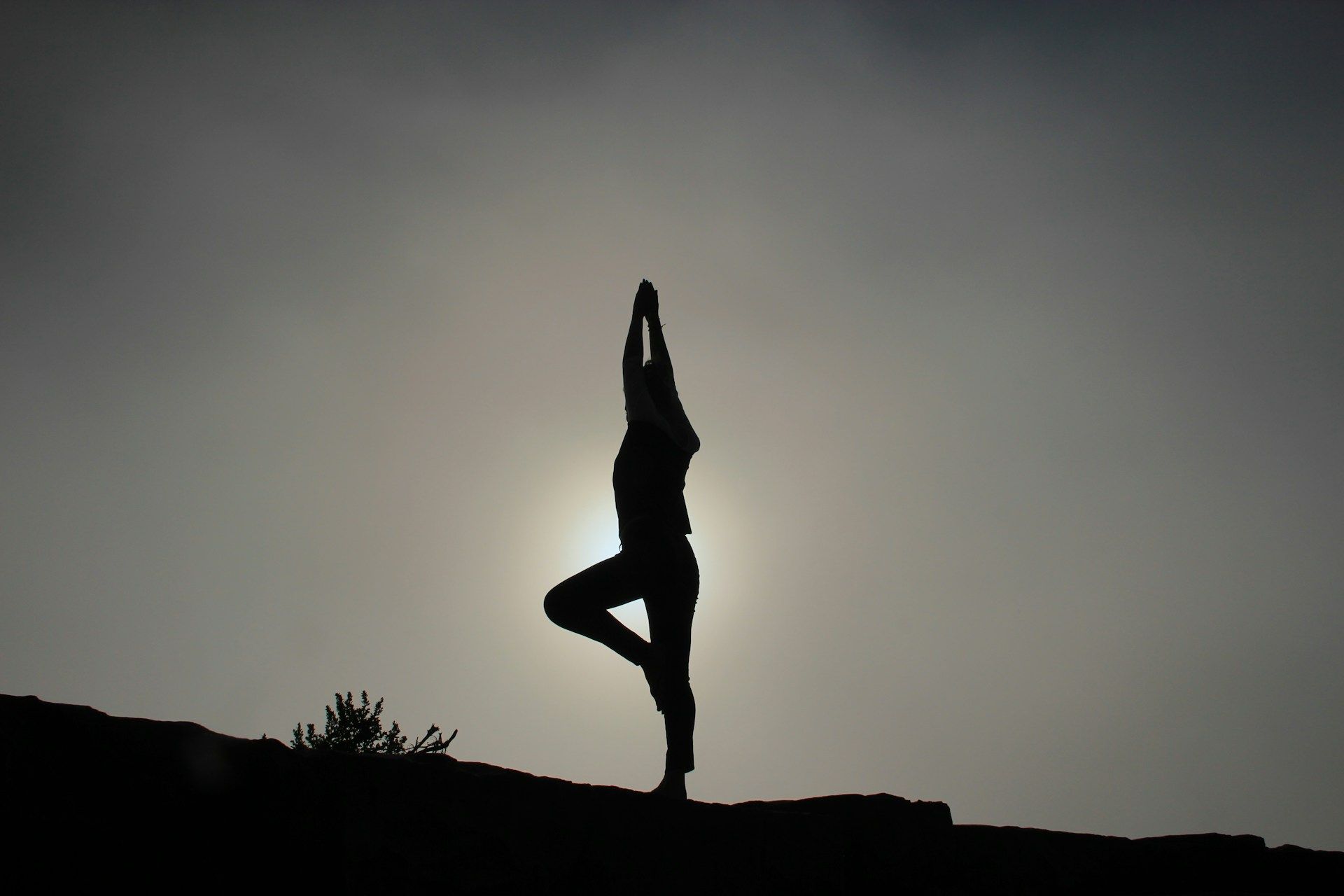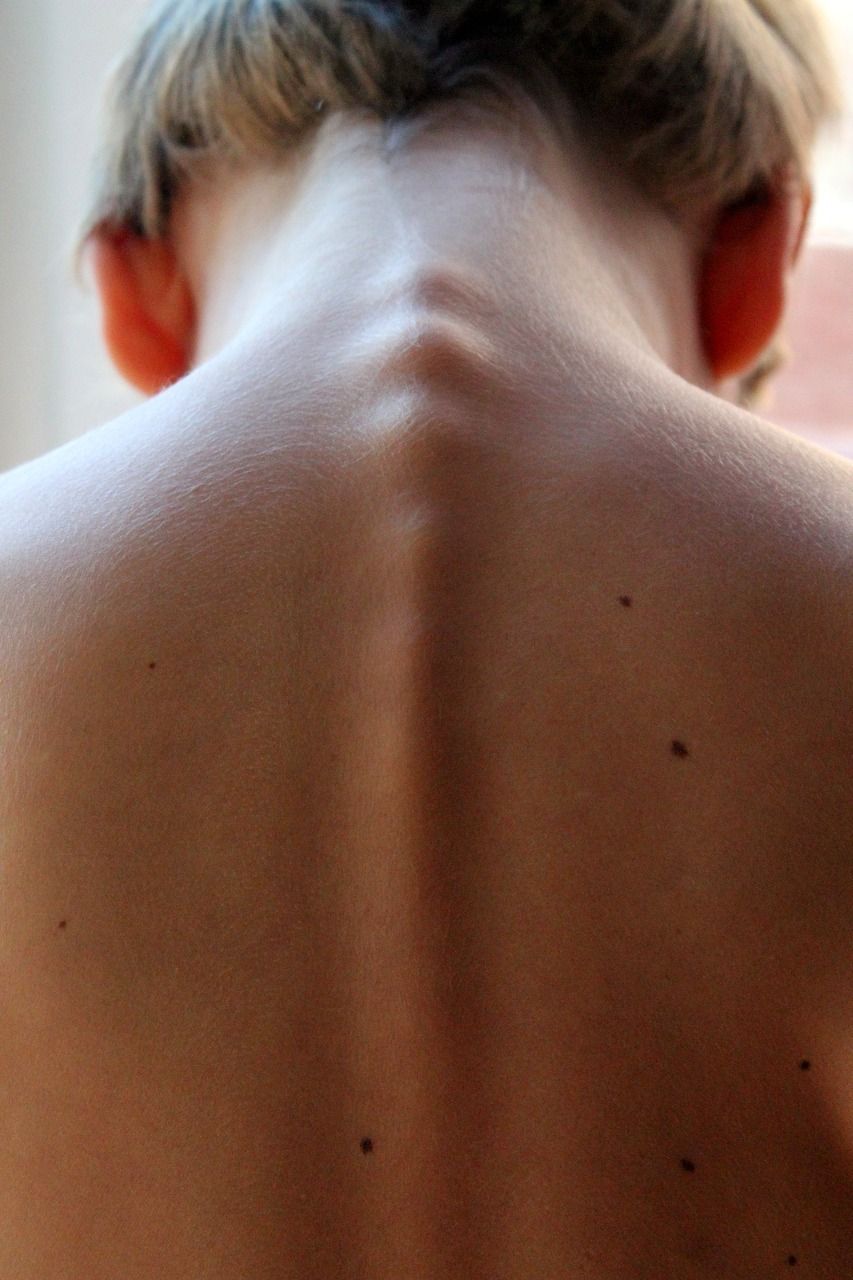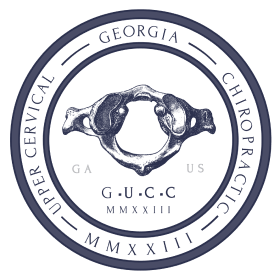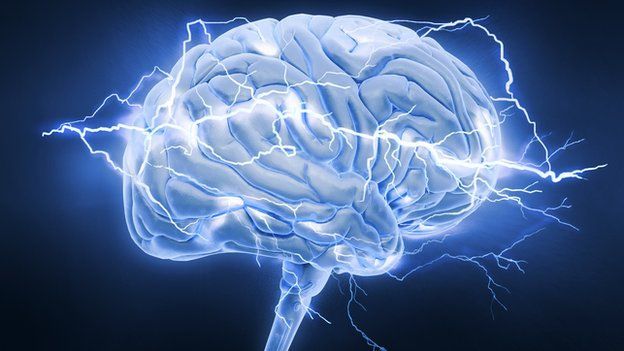The Best Sleeping Positions for Thoracic Outlet Syndrome
A good night’s rest is key to feeling refreshed and ready for a day of productivity. Quality sleep consisting of factors such as sleep latency (time it takes to fall asleep), sleep duration, and frequency of waking is vital to healthy living.
For those with thoracic outlet syndrome (TOS), such quality sleep could be disrupted due to the discomfort it causes.
What is TOS?
TOS refers to the conditions caused by blood vessel and nerve compression occurring within the thoracic outlet. This is the area between the clavicle (collarbone) and first rib. The 3 conditions include the following:
- Neurogenic thoracic outlet syndrome: Neurogenic TOS is the most common type of TOS. A network of nerves called the brachial plexus which lead from the spinal cord to the neck and arms is constricted. This causes finger tingling and weakness or fatigue in the neck, shoulders, and arms.
- Venous thoracic outlet syndrome : Subclavian veins are compressed, often causing blood clots. Venous and arterial TOS are sometimes referred to as vascular TOS.
- Arterial thoracic outlet syndrome: The subclavian artery becomes compressed by abnormalities like an extra rib known as the cervical rib . It is the rarest form of TOS, affecting 1% of cases but it is the most serious form of TOS.
TOS symptoms include:
- Tingling in arms and fingers
- Neck pain, shoulder pain, and back pain
- Fatigue or weakness
- Swelling
- Discoloration
- Poor circulation to extremities
Because these symptoms overlap with other conditions such as carpal tunnel syndrome, a pinched nerve, or pectoralis minor syndrome, sometimes TOS can be difficult to diagnose.
TOS can develop as a result of injury, poor posture, or a congenital defect. Management of symptoms include
- Exercise
- Physical therapy
- Chiropractic treatment
- Medication
- Surgical treatment
If you have TOS and have been suffering from loss of sleep, your sleeping position is worth considering. Finding the optimal sleep position could be the solution.
Why Your Sleep Position Matters
Since we spend about ⅓ of our lives sleeping , quality of sleep can significantly impact our health. Sleeping posture directly affects sleep quality. Good sleep posture ensures that the spine is aligned from the lumbar spine (lower back) through the thoracic spine (upper body) to the cervical spine (neck).
The spine’s natural shape looks like the letter s from the side. This curvature allows for proper weight distribution throughout the body. It also enables flexibility and range of motion. Poor alignment can lead to neck and back aches, balance issues, and excessive fatigue.
Symptoms of thoracic outlet syndrome may worsen with poor sleep posture. Consider the position of your arms while you sleep. If you sleep on your stomach with your arms on either side of your head, that means roughly 8 hours of extra compression to the brachial plexus.
Is thoracic outlet syndrome worse at night? Thoracic outlet syndrome may be worse at night, depending on your activity throughout the day. If your sleep position causes further compression, this may aggravate symptoms even more.
The Right Pillow Makes a Difference
There are a plethora of pillows out there from down to memory foam. A pillow with medium strength support is typically recommended. Soft or hard pillows might be comfortable in the moment, but are not ideal for hours of use.
Though we most often associate pillows with head and neck support, strategically placed pillows can offer additional benefits.
A pillow placed under knees while back sleeping helps keep the natural curve of the spine intact. Also, it can relieve lower back pressure. If you’re a side sleeper, a pillow between the knees can help keep the knees stacked properly so that the spine remains aligned. A pillow between the knees can also keep you in one position throughout the night if that’s your goal.
Many TOS patients find relief by placing pillows beneath their elbows to elevate them to shoulder level. Or, while side sleeping, a pillow is placed beneath the upper arm.
Just make sure your shoulder muscles aren’t resting on the pillow as this can cause misalignment of the spine. Only the head and neck should rest on the pillow. If you need help finding a comfortable position that will help your sleep posture, talk to a chiropractor or physical therapist.
What to Do With Your Arms
One of the primary symptoms of TOS is arm pain/discomfort. To cut down on this discomfort and gain some pain relief, avoid sleeping on the affected side. Try not to allow your arms to get caught underneath your body.
Though there are 3 primary sleeping positions (back, side, and stomach), each has variations. Each variation can aid with certain issues.
For Back Sleepers
Back sleeping can alleviate pressure on the spine and head, reducing back pain, and headaches. It’s also great if you experience pectoral pain.
The supine position is lying on the back with arms at the sides. According to the Better Sleep Council , 11% of Americans prefer the supine position.
The starfish position is lying on the back with arms and legs splayed. The BSC reports that about 7% of the population sleeps in this position.
These positions are excellent for keeping the spine aligned; however, they are not recommended for those with sleep apnea or those with gastroesophageal reflux disease.
For Side Sleepers
Side sleeping is the most popular position. Most people spend about 54% of the night on their sides. That’s not bad news — side sleeping alleviates spinal symptoms overall.
The fetal position is the most common for side sleepers. Though side sleeping is the most popular way to sleep, those with TOS might want to consider switching to back sleeping as it frees up the arms. While side sleeping, it’s easy for the lower arm to get stuck under your body and the upper arm shoulder to hunch inward. Either could exacerbate TOS symptoms.
For Stomach Sleepers
Though sleeping on your back or side is best overall, sleeping on your stomach is great for those who have sleep apnea or tend to snore. Stomach sleeping opens airways more easily.
Though sleeping in a freefall position sounds relaxing enough, it can actually strain the neck and back. It’s not the best position for spine alignment either, as the weight from the middle of our bodies starts to affect the s curve of the spine. It’s even worse for TOS, since the arms-up position adds further compression.
Our verdict?
The best sleep position for TOS is on your back.
Building Better Sleep Habits
Changing your sleep position is easier said than done. If you’re willing to try, you have to become very intentional about bedtime. Creating a consistent bedtime routine can help prepare you for optimal sleep. Before heading to bed, be sure to:
- Prepare for tomorrow. Take care of the little things that will make for a better morning. Lay out clothes, set the coffee maker, etc.. Essentially, knock out anything that could potentially weigh on your mind and inhibit sleep.
- Analyze your sleep environment. Make sure the room is in order, with the right light level and temperature.
- Craft a wind-down routine. This could vary. Turn off computers and devices. Set a glass of water by the bed. Enjoy your current read or journal for a bit.
- Consider grounding exercises. Trying a new sleep position won’t be the most comfortable at first. Simple breathing exercises and grounding techniques can help you get as relaxed as possible when you’ve just hit the pillow.
If you’re a side sleeper wanting to transition to sleeping on your back, it might be worth trying a wedge pillow. Wedge pillows are highly regarded for their health benefits. When used for the upper half of the body, they can reduce acid reflux, sinus issues, and lower back pain. For our purposes, sleeping on a wedge can ease you into back sleeping if you’re used to a fetal position.
Need More Guidance?
Because each person with TOS has their own unique case, it may require some experimentation with sleep routine, sleep position, and pillows to find the ideal combination.
Experimenting may sound daunting, but it doesn’t have to be.
Ready to get to the root of your problem with chiropractic care? We’re currently accepting new patients at our Ball Ground offices.
Sources
- Nelson, K. L., Davis, J. E., & Corbett, C. F. (2022). Sleep quality: An evolutionary concept analysis. Nursing forum , 57(1), 144-151. https://doi.org/10.1111/nuf.12659
- Aminoff, M. J., Boller, F., & Swaab, D. F. (2011). We spend about one-third of our life either sleeping or attempting to do so. Handbook of clinical neurology , 98, vii. https://doi.org/10.1016/B978-0-444-52006-7.00047-2
- Skarpsno, E. S., Mork, P. J., Nilsen, T., & Holtermann, A. (2017). Sleep positions and nocturnal body movements based on free-living accelerometer recordings: association with demographics, lifestyle, and insomnia symptoms. Nature and science of sleep , 9, 267-275. https://doi.org/10.2147/NSS.S145777
- Cary, D., Briffa, K., & McKenna, L. (2019). Identifying relationships between sleep posture and non-specific spinal symptoms in adults: A scoping review. BMJ open , 9(6), e027633. https://doi.org/10.1136/bmjopen-2018-027633


Ready to Make an Appointment?
We serve patients in Ball Ground, GA.

